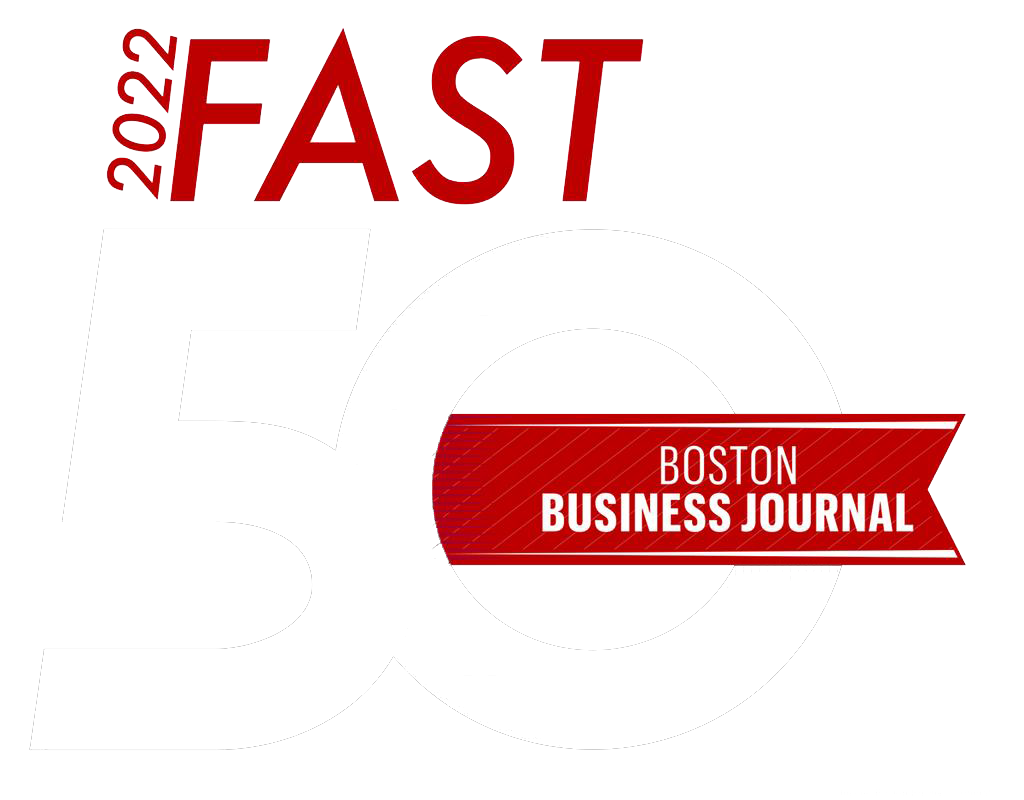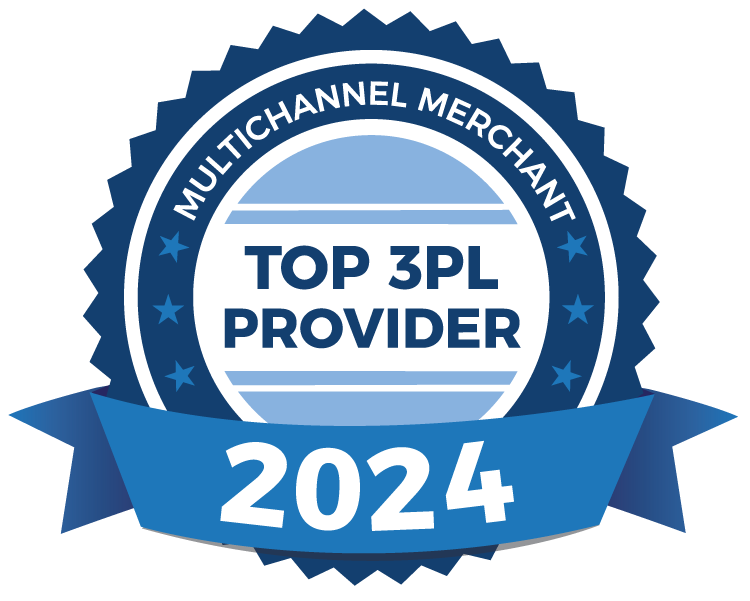Winning with Data: Q&A on Warehouse Analytics with Derek Morse of 91���� Distribution
The role of analytics in warehousing has transformed significantly over the years. What was once a manual data collection process has evolved into a sophisticated, data-driven industry. In a recent episode of Warehouse Automation Matters, host Mary Hart sat down with Derek Morse, Senior Director of Operational Excellence at 91���� Distribution Centers, to discuss how analytics shapes modern warehousing and why leveraging data is critical for efficiency and cost reduction.
The Evolution of Analytics in Warehousing
Derek, who has a rich background in logistics, including roles at FedEx, JCPenney, and Quiet Logistics, noted that analytics has drastically improved warehouse operations. He emphasized that tracking key performance indicators (KPIs) allows warehouses to enhance speed, accuracy, and cost efficiency, helping companies like 91���� stay competitive in an ever-evolving fulfillment landscape.
Key Metrics That Matter
When asked about the most important data points warehouse leaders should monitor, Derek pointed out that while every business has different needs, common KPIs include:
- Dock-to-stock time
- Time to fill
- Fulfillment rates
- Net and gross accuracy
- Cost per unit
At 91����, specific metrics like LP accuracy (location precision) and transaction adjustment percentage serve as quick indicators of facility health.
Turning Data into Action
A prime example of 91����’s data-driven approach is its focus on skip picks—instances where a picker bypasses an item. Analyzing this metric helps identify root causes such as incorrect replenishment timing, equipment issues, or improper slotting. By optimizing these factors, 91���� has significantly improved productivity and reduced costs.
The Role of Technology in Data Collection
Derek highlighted the importance of integrating technology into warehouse operations. Businesses employ a variety of tools depending on their scale and needs, including:
- Warehouse Management Systems (WMS)
- RFID tracking
- Robotics
- Advanced analytics platforms
These technologies provide real-time insights and enhance overall operational efficiency.
Optimizing Inventory Placement with Data
Slotting strategies, which determine where products are stored within a warehouse, play a crucial role in efficiency. By analyzing factors like product demand, order frequency, and warehouse layout, 91���� ensures high-demand products are placed in the “golden zone” for faster picking, reduced labor, and improved space utilization.
Addressing Overstock and Stockouts
Managing stock levels effectively is a challenge for any warehouse. Derek explained that data analytics enables proactive inventory management by predicting demand fluctuations and ensuring products are in the right picking zones. This minimizes bending, unnecessary equipment usage, and most importantly, stockouts.
Challenges in Adopting a Data-Driven Approach
Implementing a data-driven strategy comes with its challenges, including:
- Resistance to change
- Data quality issues
- Cost constraints
To overcome these hurdles, Derek advised businesses to collaborate, conduct thorough research, and select scalable systems that align with long-term objectives.
Advice for Warehouse Leaders
For those looking to enhance their analytics strategy, Derek recommended:
- Identify the most impactful areas – Focus on high-labor tasks like outbound processing.
- Ensure high-quality data – Reliable, consistent data is key.
- Invest in scalable tools – The right platform should support future growth.
- Foster a data-driven culture – Strong communication and team buy-in are essential for success.
The Future of Warehousing: AI and Machine Learning
Emerging trends such as AI and machine learning are reshaping warehouse operations. While companies are still in the discovery phase, these technologies promise more intelligent, responsive, and efficient systems, providing businesses with a competitive edge.
Balancing Automation and Human Expertise
While automation and AI can handle repetitive tasks, human decision-making remains essential for flexible task management, ethical considerations, and creative problem-solving. Derek believes collaboration between technology and human expertise results in more adaptive and efficient warehouse operations.
Why Choose 91���� Distribution Centers?
When asked why businesses should partner with 91����, Derek summed it up: trust and people. 91���� places the right people in key roles and prioritizes client satisfaction.
Get in Touch with 91���� Distribution Centers
Are you looking for a trusted 3PL partner?
Contact us for a complimentary supply chain consultation today.
Recent Blog Posts








